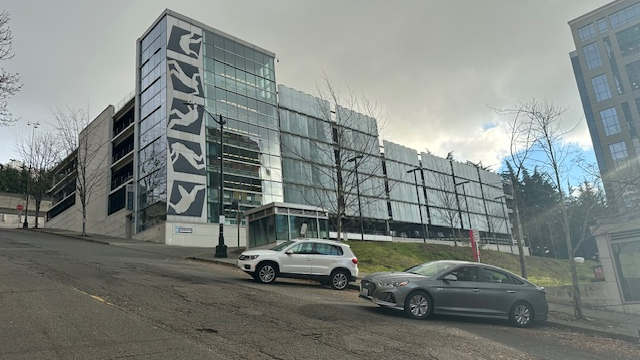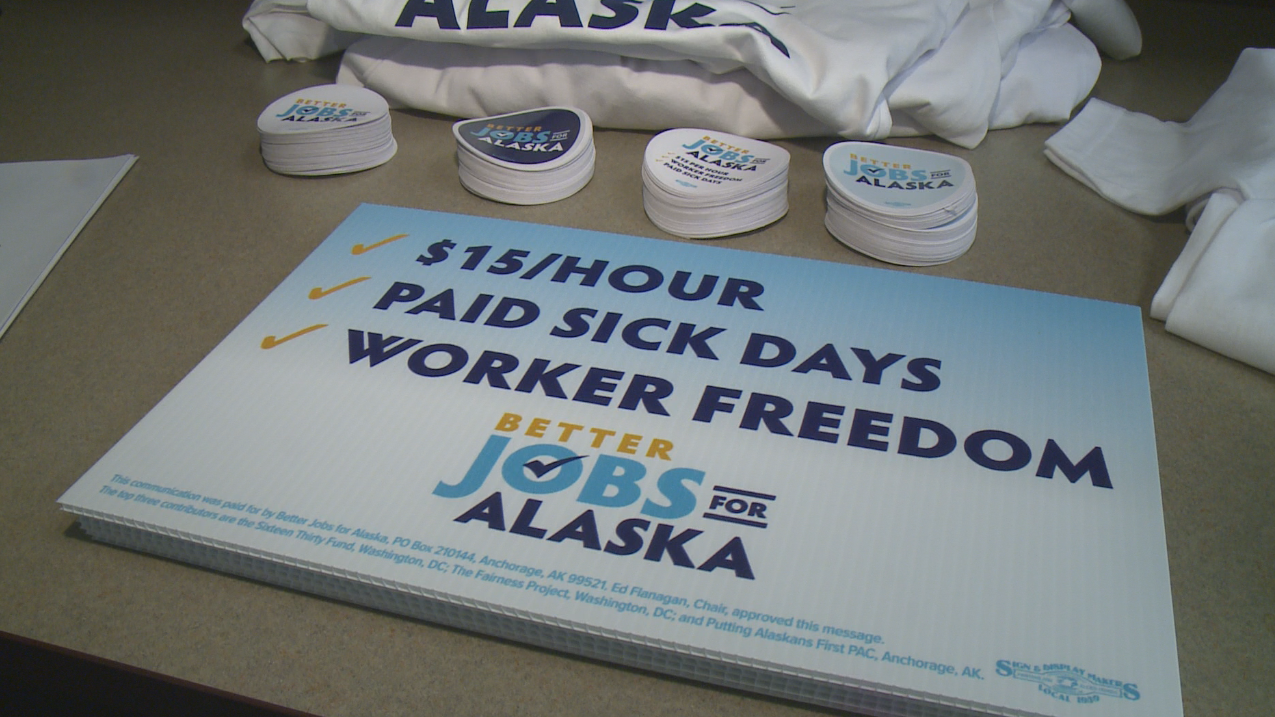Prior to the pandemic, ‘flexible scheduling’ meant working from home instead of the office. This definition has changed. Flexible Scheduling now means the employee having the ability to fit their work into their life in a more manageable way. There are countless studies showing lower turnover and better mental health in employees when companies offer more flexible scheduling options to employees.
Modern scheduling systems should provide ‘flexible scheduling’ and allow employees the ability to Trade, Drop, or Pickup a shift. Let’s look at these options and the advantages they provide.
Trade
Trading allows a worker to make a shift they are currently scheduled to work available for another employee to cover. For example, Employee A is scheduled from 6 AM to 2 PM on Monday but needs the time off. Employee A posts the request to Trade their shift. There are two different types of Trades: Offers and Swaps. In an Offer, Employee B ‘offers’ to pick up Employee A’s shift without anything in return. In a Swap, Employee C does not work Monday but is working 6 AM to 2 PM on Thursday. Employee C is willing to ‘swap’ their Thursday schedule for Employee A’s Monday shift. This is possible because Employee C can see Employee A’s schedule. Your system should only allow this shift to be picked up by a qualified employee. In both instances, Employee A gets Monday off. While this may sound complicated to organize, modern time and attendance systems can do this automatically. Employees post their Trade requests to a portal for all other employees to see. Trade Offers or Swaps are sent to the Employee who requested the Trade to evaluate and accept. Once a Trade is accepted, it goes to the supervisor for approval. All the supervisor sees is the agreement between employees. Then, the supervisor approves or denies the request. The shift is still covered.
Drop
Many modern scheduling systems can create a ‘window’ prior to the start date of the schedule where employees can request to Drop a scheduled shift. This is a straight drop and the employee is not guaranteed any shift to replace the one dropped. Once the Drop is approved, the scheduler has a choice. They can replace the Open shift with a different employee prior to the start of the schedule or they can leave the shift Open in a portal for employees to view and request to Pick up the shift.
Pickup
Once a Trade or Open Shift shows in the portal, employees can view and Pickup the shift. All Pickup requests are sent to the supervisor. The supervisor can then choose based on qualifications, availability, and overtime the best person is to fill the Open Shift. Modern scheduling systems inform the employee selected to fill the Open shift that they are now on the schedule and at the same time notify everyone else who replied to the Pickup the shift is filled.
Managing the way employees can Trade, Drop and Pickup shifts can work for everyone in the organization. In many ways, employees and supervisors become partners in making sure all shifts are adequately covered. Employees feel they have more say in when and the amount of time they work. Managers have less pressure to find someone who can fill an open shift when employees are free to request the time on their own. Additionally, a modern scheduling system may lead to fewer sick days when employees are not stressed about being able to take time off.
How Can We Help?
Time Equipment Company offers a modern scheduling system, Visual Scheduling, which allows employee Trades, Drops and Pickups configured to your policies and culture. For more information, contact Time Equipment Company at sales@timeeequipment.com or 800-997-8463.










